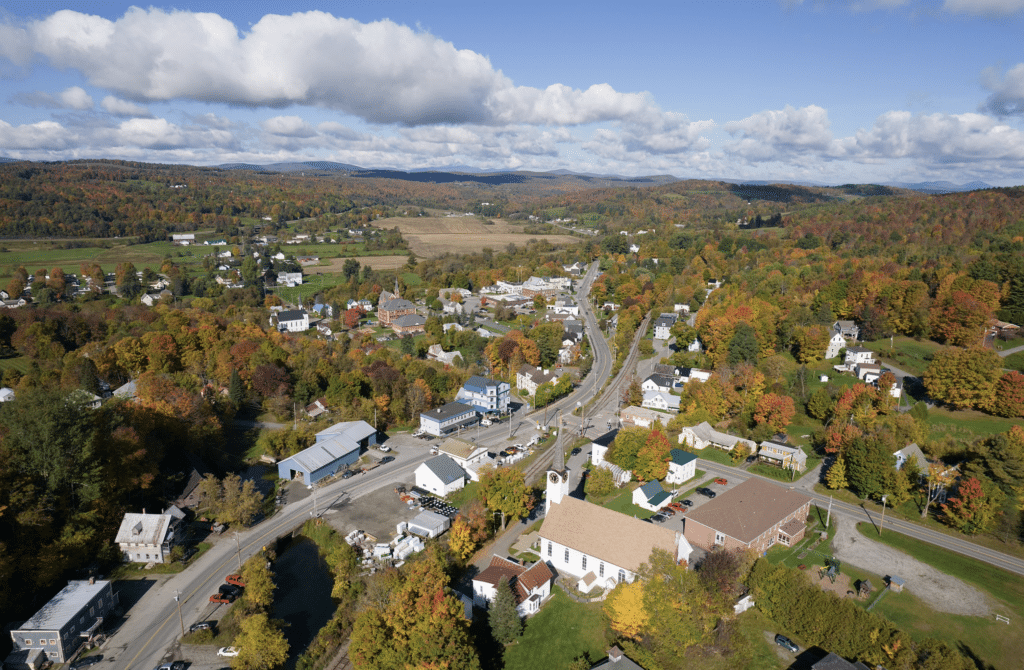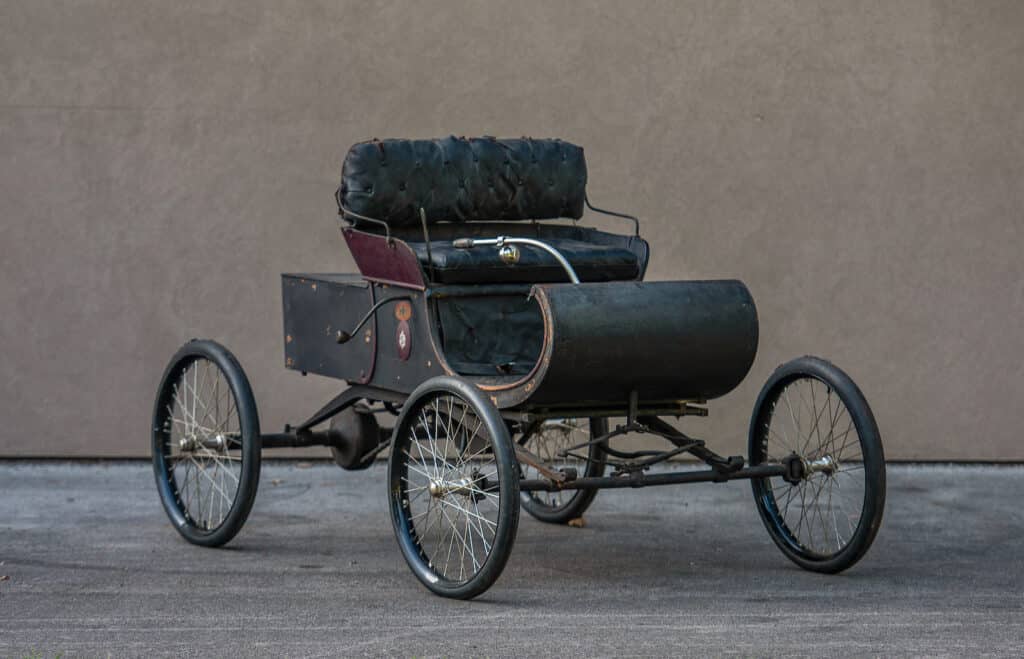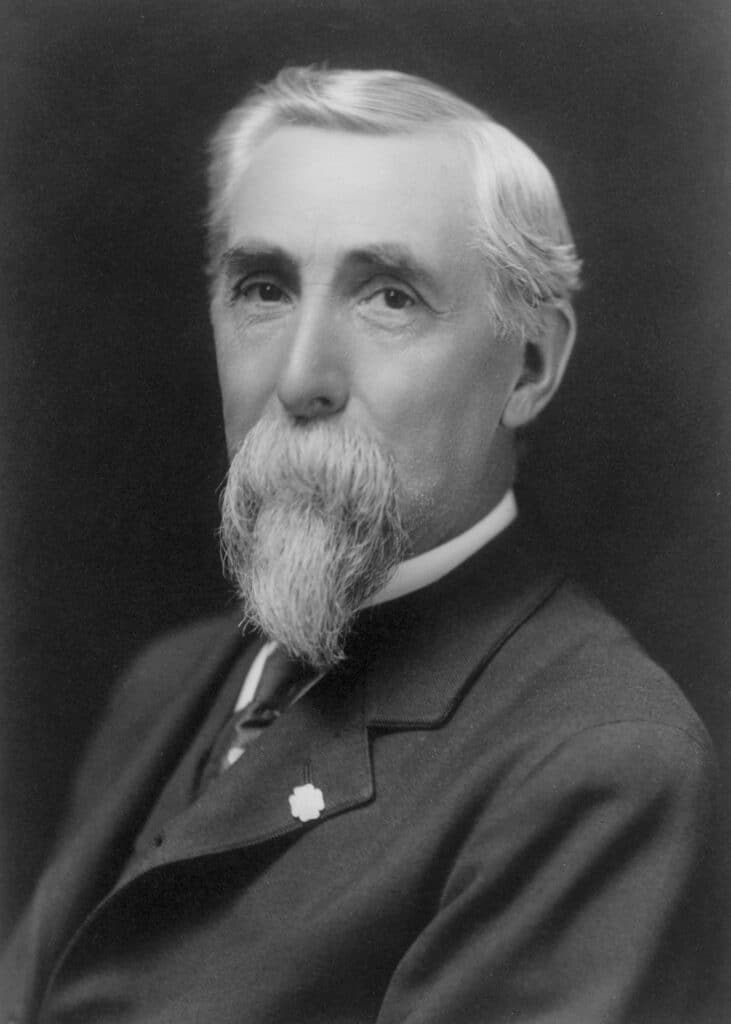The Rearview Mirror: General Motors Buys the Cadillac of Car Companies
William Crapo Durant knew a good deal when he saw it, at least most of the time. This week in 1909, the CEO of newly formed General Motors buys the Cadillac Automobile Co. for $5.5 million in GM stock.
It was proof that Cadillac was the leading manufacturer of luxury automobiles in the United States, if not the world. It’s a position it would maintain until the 1970s, when misguided penny-pinching managers squandered its predominance, a failure of leadership from which the brand has never recovered — and most likely never will.
But it’s hard to know if Cadillac founder Henry Martyn Leland knew what lie in store for him and the brand he would make famous worldwide.
A farm boy learns a trade

Leland was born on a farm in Barton, Vermont. Even today, this is a small, remote village with limited opportunities. So it’s little wonder that, having had experience with farm equipment, Leland left by the age of 14, opting to become a machinist’s apprentice, before going on to join firearms manufacturer Samuel Colt in Connecticut. Certainly, the opportunity proved ironic, given that Leland was born a Quaker, where peace and pacifism is a key tenant of the faith.
Yet at the time, gunsmithing was benefitting the most from evolving modern machining technology. Until that time, guns were still made the way they had always been made – by hand, one at a time. This led to minor variations in each gun, even when built to the same design.
Precise, quality machining would become important for firearms manufacturers with the outbreak of the Civil War, when interchangeability of gun parts would become crucial, a fact Leland would come to understand while working in the United States Arsenal during the Civil War.
Leland would go on to work for the Providence, Rhode Island-based Brown & Sharpe Machine Tool Co., which specialized in precision tools. He created hair clippers there, greatly simplifying the task of a barber. He also supervised the development of the Brown and Sharpe Universal Grinder as business manager in 1876 and it’s still regarded as one of the most significant advancements in the machine-tool industry. By 1886, he was the company’s national sales manager, a role that would take him to Detroit, where the automotive industry was beginning to develop.
Detroit beckons

He would move to Detroit in 1890 at a time when precision machining was an unknown concept. Partnering with lumber magnate Robert Faulconer and tool designer Charles Norton, they establish Leland, Faulconer and Norton, specializing in precision gear manufacturing.
As a result, Leland comes into contact with bicycle companies like Pierce of Buffalo, New York, and Pope of Hartford, Connecticut, both of which ultimately became auto manufacturers. In 1894, Norton leaves to become a successful crankshaft grinder manufacturer. Leland and Faulconer soldier on, and by 1896, the company is producing steam and internal combustion engines.
But a key turning point for the company arrives in 1901, when Leland and Faulconer are contracted by the Olds Motors Works to produce the engine for the new curved dash Oldsmobile, having already worked on refining its transmission. While Leland’s refinements meant the engine produced 23% more horsepower, it would require retooling the Olds factory, and the Ransom Olds rejects the engine.
But Leland would have a stroke of luck, thanks to Henry Ford.
A vacancy leads to a legacy

It’s August 1902, and William Murphy and Lemuel Brown are frustrated. They had financially back Henry Ford’s second automaking venture, but he had produced little but race cars and unfulfilled promises and left in March 1902.
Upset, and looking to sell the company’s assets, the pair bring in Leland, who shows them the rejected Olds engine. Impressed, they stay on, and the Cadillac Automobile Co. is born, named for Le Sieur Antoine de la Mothe Cadillac, the French explorer who established Detroit in the 1700s.
Initially, Leland and Faulconer supply the engines, transmissions and steering gears, which Cadillac then installed in their own plant. It wouldn’t be until 1905 that Leland and Faulconer’s operations were merged into the new Cadillac Motor Car Co. The company’s prestige would be assured by 1908, when Cadillac won England’s esteemed Dewar Trophy for its interchangeable parts.
By the time General Motors bought Cadillac in 1909, it was a highly esteemed automaker. Wisely, GM CEO William Durant kept Henry Leland on board as its manager along with his son Leland. It’s widely thought that the Leland’s presence at Cadillac helped save GM when Durant’s financial chicanery nearly led to the company’s dissolution in 1910. Certainly, the Lelands’ talents helped improve Cadillac, becoming the first car with an electric starter, in 1912. Two years later, the company introduced its first V-8 engine.
But the Lelands would ultimately leave Cadillac in 1917. They want Cadillac to produce Liberty V-12 aircraft engines for the war, an effort that GM CEO William Durant opposes. And so, Henry Leland, now age 74, along with his son resign, forming the Lincoln Motor Co. to produce them.
And without knowing it, they create Cadillac’s chief American automotive rival.
Auto Lovers Land
Comments
Post a Comment